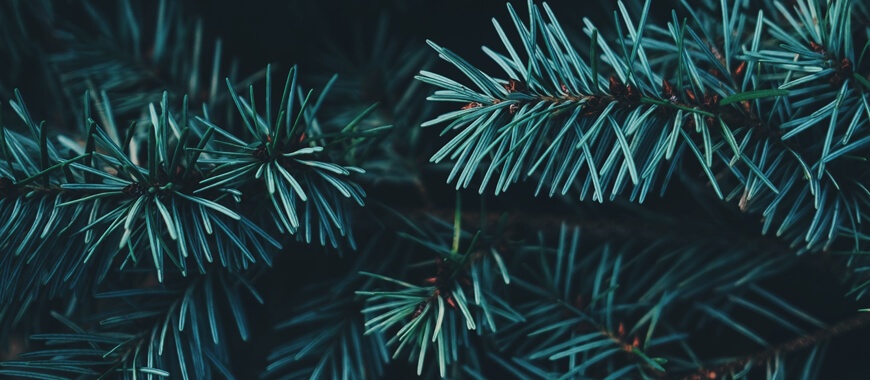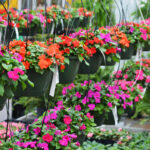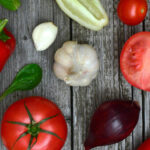While most homeowners strive to have attractive landscapes all year long, that isn’t easily achieved during a South Dakota winter. However, there’s a few plants that provide color and interest, even during the cold season.
Over the last year or so we have seen increased interest in evergreens. The texture of the needles, rich hues in color and general ease of care are all factors that make evergreens a great addition to your landscape. Plus, evergreens are evolving for better hardiness in arborvitae, and a wide selection in needle color in many varieties of plants. If you need help determining which evergreens work best for you, we’d love to assist you!
Some of our favorite evergreens are the North Pole Arborvitae, Sunkist Arborvitae, Globe Blue Spruce and Yew to name just a few. The North Pole Arborvitae is unique for this area for the fact that it is zone 3. The extra hardiness comes in handy for tolerating our cold temperatures and winter winds that often dry out needles. If you want evergreens with color, the Sunkist Arborvitae and the Globe Blue Spruce are excellent choices. The Sunkist Arborvitae has a yellow edge to the needles giving a bright addition to landscapes. The Globe Blue Spruce provides a nice blue hue to the landscape. A plant that does well in sun and shade and has a nice rich green color is the Yew. There are several varieties that do well in our region but we love Taunton and the Dark Green varieties.
While this is just a small list of evergreens we try to carry on a regular basis, there are several other evergreens that work well in this area. For success with evergreens it is important to remember to keep the soil evenly moist during root development, but not allowing it to get too wet. The needles start storing their moisture for winter during the fall so it is important to water them well in early fall to allow proper hydration of the plant for the winter months. Watering the needles directly does not help evergreens. It should always be done at the base, as getting the needles wet on a regular basis can burn the plant.
Check out our evergreen section sometime soon – there may be a gem in there perfect for your landscape!



